By: Karen Bermejo | A Reblog | Since it started its operation in August 2005, Olé Spanish Tapas Bar and Restaurant has since become one of the most active restaurants in the island paradise of Boracay.
As what this Spanish word means, it has done a “good job” in serving its customers from over one hundred countries that have visited this unique and very palatable place, represented by the flags at the entrance of the restaurant.
Olé for some is also an expression of excitement.
Thus, the restaurant offers an exciting gastronomic experience of Spanish, Mexican & Cuban cuisine, and Filipino dishes too.
Olé is famous for its Spanish Paella, Mexican Fajitas and Cuban Palomilla Steak with Black Beans.
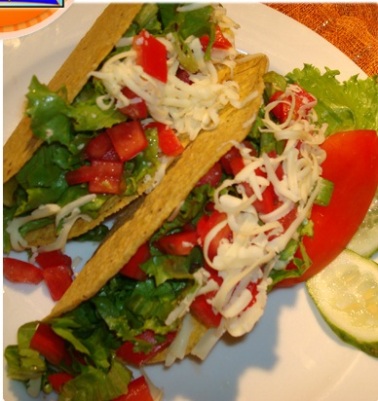 Mexican Fajitas
Mexican Fajitas Spanish Paella
Spanish Paella
Other favorites include Nachos & Tacos, the Chicken Curry, the Filet Mignon and its various Fish and Seafood Entrees.


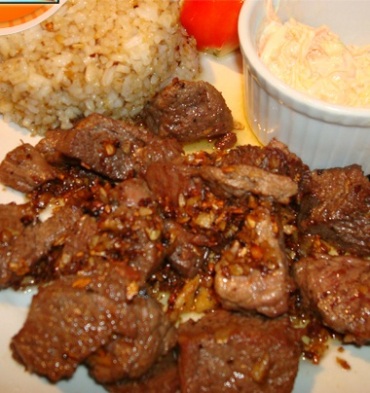
An Olé in Boracay experience is never complete too without the cold and hot Tapas, or Spanish appetizers and snacks with over 28 choices which include – Gambas Ajillo, Tabla de Chorizo, Shrimp Cocktail, Tabla de Manchego and Jamon Serrano which could tempt anyone to just eat more.
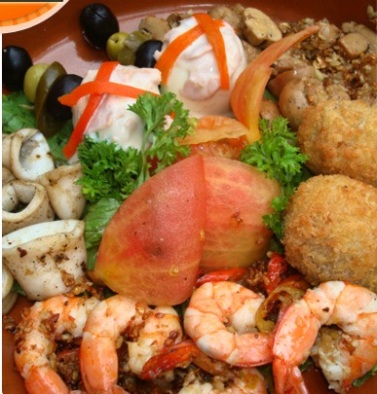
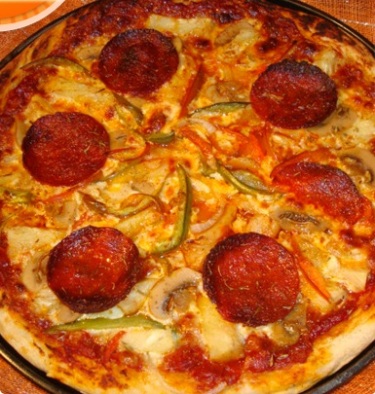

They also have a brand new breakfast menu that features healthy dishes made with poached eggs, salmon, spinach and other all the good things to eat.
Other choices include the famous favorites like French toast, pancakes; and eggs which could be cooked in nine different ways depending on how you like them.
For those in plant-based diet or in meatless lifestyle, Olé also offers vegetarian delights.
Indeed, there is something for everyone.
You can feast at Olé 24 hours a day and choose breakfast, lunch and dinner dishes all throughout the period.
To complete your sumptuous meal, another must try is their Spanish national drink, the Sangria. They also have a wide selection of wine from Spain, France, America, Australia and Chile at their bar. Beer lovers too could feast on over 20 selections of imported drinks. For healthy buffs, fresh special fruit shakes are also on their menu list to choose from.
The latest news from Olé is that they are expanding to cater more diners.
Come October, the second floor will soon be available to cater hungry locals and tourists alike – to bring its famous dishes to more customers.
What could be better dining experience is having the nicest people around. Olé thus have a capable, large staff supervised by experienced managers.
So, the next time you visit the island, give yourself “a treat you deserve.”
Never miss to drop by at Olé Spanish Tapas Bar and Restaurant along D’ Mall Boracay.*
To know more about Olé Spanish Tapas Bar and Restaurant in Boracay, visit their website at http://www.oleinboracay.com/
——————————————-
by SugarWithaSpice on September 18, 2013
Bloglink: http://sugarwithaspice.wordpress.com/2013/09/18/savoring-the-foods-of-spain-mexico-and-cuba-in-boracay/
Share this post with your friends.


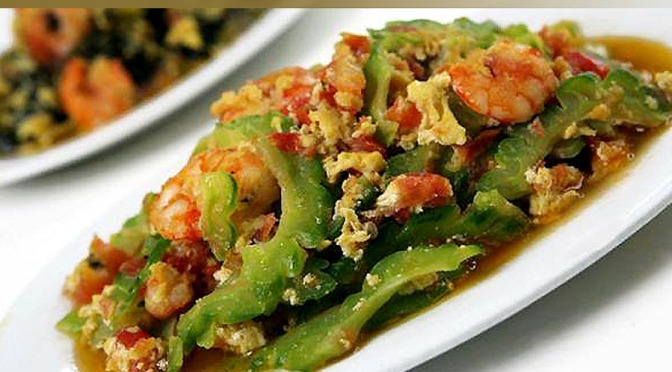



 Mexican Fajitas
Mexican Fajitas







 By: Seth Kugel | A Reblog > Roasting a chipa caburé, a type of cake, in a tatakua, or traditional oven. Cooking a chipa caburé in a tatakua is surprisingly like roasting a marshmallow in a campfire. After wrapping dough around a stick, you place it just barely inside the edge of the domed brick oven and rotate it slowly. Get too close to the wood fire and the exterior burns; rotate it just enough and it browns beautifully as the inside cooks through, ready to be slid off the stick and eaten hot.
By: Seth Kugel | A Reblog > Roasting a chipa caburé, a type of cake, in a tatakua, or traditional oven. Cooking a chipa caburé in a tatakua is surprisingly like roasting a marshmallow in a campfire. After wrapping dough around a stick, you place it just barely inside the edge of the domed brick oven and rotate it slowly. Get too close to the wood fire and the exterior burns; rotate it just enough and it browns beautifully as the inside cooks through, ready to be slid off the stick and eaten hot.
 Seth Kugel At Bartholu’s, sandwiches go for less than $5, and diners can customize them with a long row of toppings.
Seth Kugel At Bartholu’s, sandwiches go for less than $5, and diners can customize them with a long row of toppings.